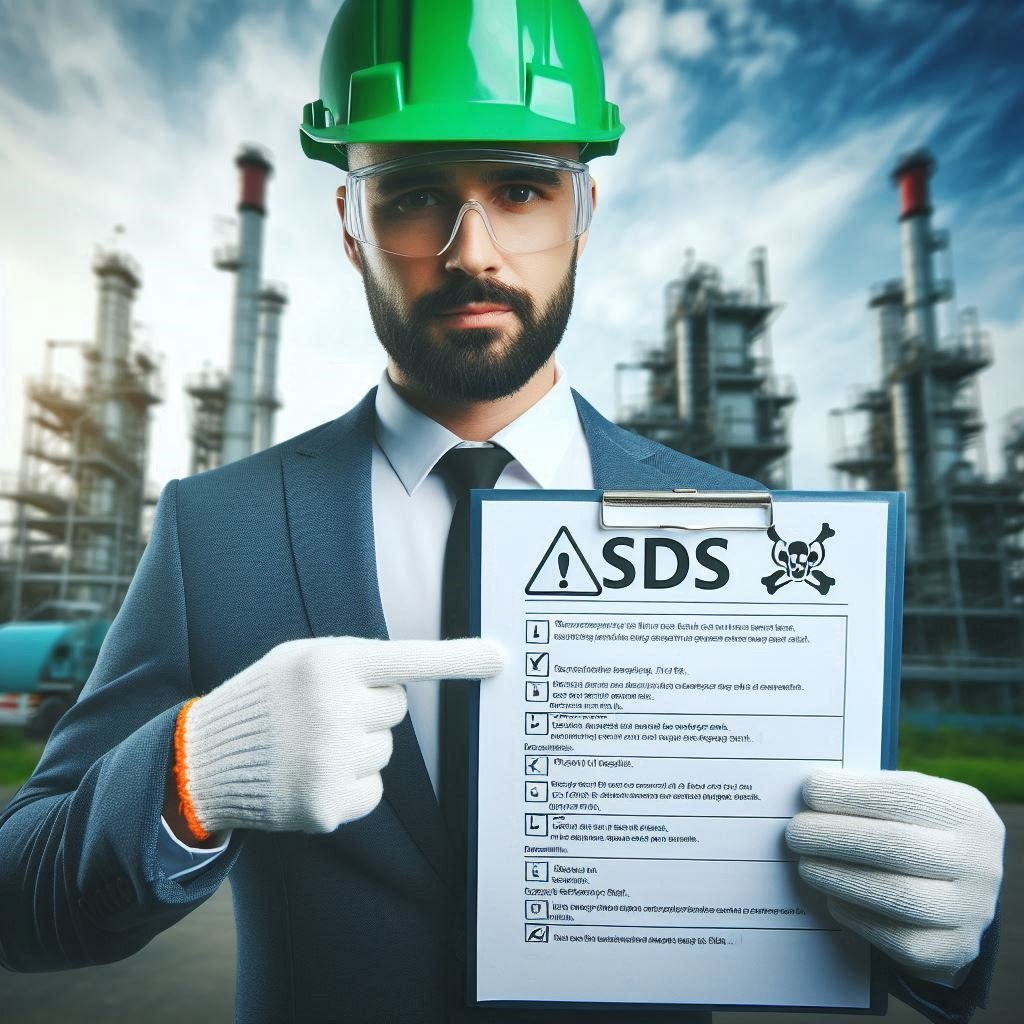Have you noticed a change in the labeling of chemicals recently? If so, you’re not alone. The familiar Material Safety Data Sheets (MSDS) have been replaced by Safety Data Sheets (SDS), marking a significant shift from MSDS to SDS. This transition is part of a global effort to standardize chemical information and improve workplace safety. This blog post will explore why this change happened, what it means for chemical safety, and how it impacts you.
Why the Change from MSDS to SDS?
The transition from MSDS to SDS was driven by several key factors:
1. Global Harmonization
One of the most significant reasons for this change is the United Nations’ Globally Harmonized System of Classification and Labeling of Chemicals (GHS). The GHS aims to create a consistent international standard for the classification, labeling, and packaging of chemicals. The SDS format aligns with this system, making it easier for workers and employers to understand and compare chemical information across different countries. This global standardization not only improves clarity but also enhances cross-border safety protocols.
2. Improved Information
SDS provides more comprehensive and detailed information about chemicals compared to the older MSDS format. The SDS includes important sections on:
– Hazards
– First aid measures
– Fire-fighting measures
– Accidental release measures
– Handling and storage
– Exposure controls/personal protection
– Physical and chemical properties
– Toxicological and ecological information
– Disposal considerations
– Transport and regulatory information
This expanded format ensures that employers and workers have all the necessary data to make informed decisions, improving safety measures.
3. Enhanced Safety
The SDS format is more user-friendly and standardized. Consistent headings and well-defined sections make it easier to navigate. Workers can quickly find the information they need, which reduces the risk of accidents and ensures proper handling of chemicals. Improved accessibility means better prevention of injuries in the workplace, ultimately saving lives.
Key Differences Between MSDS and SDS
While both MSDS and SDS serve the purpose of conveying chemical safety information, there are some crucial differences:
1. Format
The MSDS format was inconsistent across different industries and countries, leading to confusion and miscommunication. SDS, on the other hand, follows a standardized 16-section format. This uniform structure simplifies training and allows employees to become familiar with the layout.
2. Content
The SDS includes much more detailed information than MSDS, particularly in areas like exposure controls, personal protection, and toxicological data. This makes SDS a more robust tool for ensuring chemical safety.
3. Clarity
SDS is designed to be easier to understand. With consistent language and structure, it’s simpler for workers to follow. This improvement directly contributes to safer handling and storage of hazardous substances.
4. Global Consistency
The alignment of SDS with GHS ensures that chemical safety information is consistent across borders. Whether you’re working with chemicals in India, the United States, or Europe, you will encounter the same format and information structure, reducing misunderstandings and enhancing global safety.
The Impact on Workplace Safety
The transition from MSDS to SDS represents a major leap forward in “chemical safety”. By offering more detailed and standardized information, SDS empowers workers and employers to make better-informed decisions about the safe handling of chemicals. This reduces the likelihood of accidents, injuries, and long-term health issues.
If you work with chemicals, it is essential to ‘familiarize yourself with the SDS format’. Make sure your workplace has implemented the necessary changes and that employees are properly trained to handle chemicals according to the new standards.
Conclusion
The shift from MSDS to SDS marks a significant step in improving chemical safety on a global scale. The adoption of a ‘standardized format’ that provides more comprehensive information ensures that workplaces are better equipped to handle hazardous materials safely.
Do you have any questions about the transition from MSDS to SDS or the importance of chemical safety? Feel free to leave a comment or reach out!
This may also interest you – Smart wearables PPEs



The transition from MSDS (Material Safety Data Sheets) to SDS (Safety Data Sheets) reflects updates in safety documentation, providing clearer and standardized safety information. This change aligns with global standards, ensuring consistent hazard communication across industries.
Great breakdown of the MSDS to SDS transition! The shift to a standardized format enhances chemical safety globally. It’s crucial for workplaces to adapt and train employees for better safety!